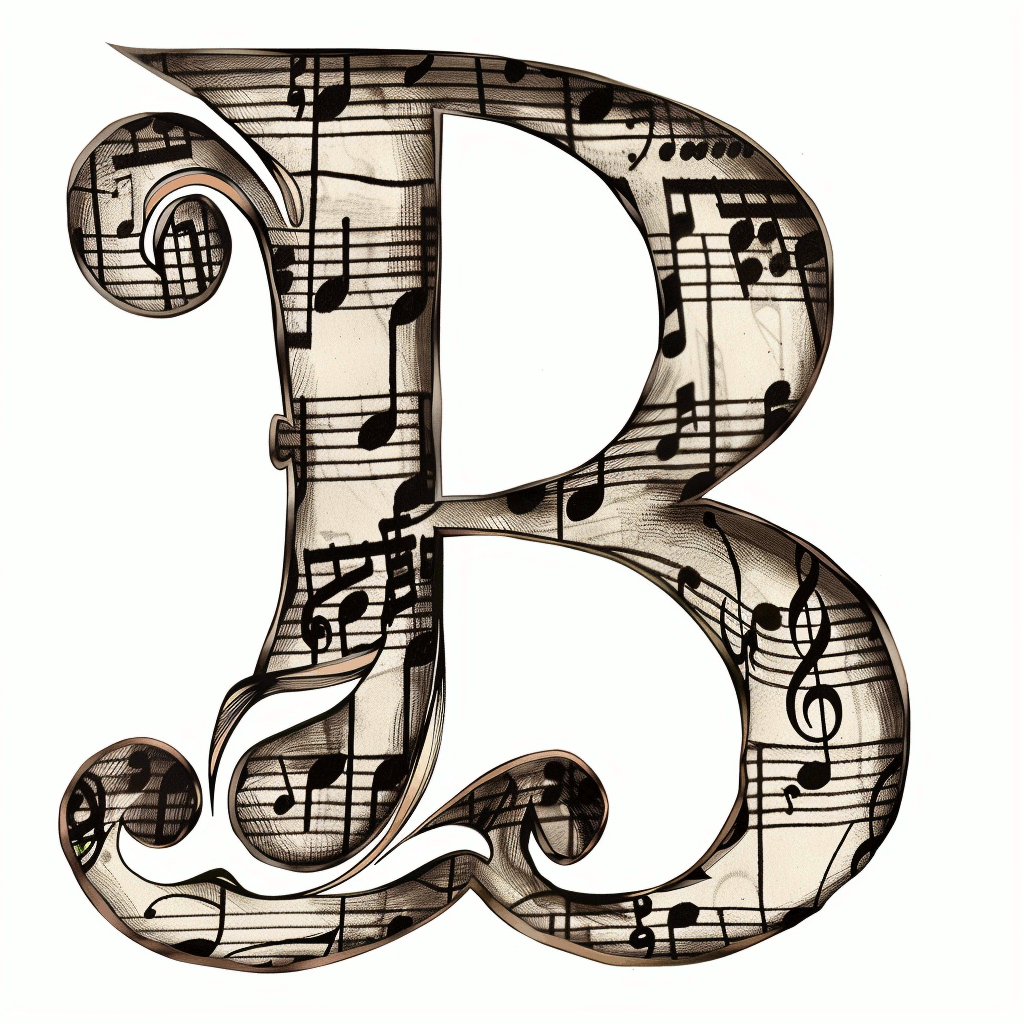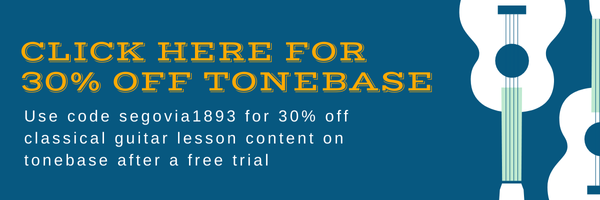Guitar amps do not come with cables. The only exception is when you purchase a starter guitar pack that includes a beginner guitar, a practice guitar amp, and an instrument cord.
Understanding what’s included with a guitar amp is crucial for beginners and experienced guitarists alike. This article will cover the essential components of guitar amps, the importance of cables, and what to look for when purchasing a starter guitar pack. We’ll also discuss how to choose the right cable for your amp, connect your guitar to your amp, and maintain your cables and connectors for optimal performance.
Audio summary:
Brogan’s Quick Take
No, guitar amps do not typically come with cables. Guitarists need to purchase instrument cables separately to connect their guitar to the amp.
Guitar Amps and Their Features
Guitar amps come in two main types: solid-state and tube. Solid-state amplifiers use transistors to amplify the signal, while tube amplifiers use vacuum tubes. Each type has its own unique sound and features.
Key features to consider when choosing a guitar amp include:
- Power output: The wattage of the amp determines how loud it can be.
- Tone control: EQ settings allow you to shape your sound.
- Built-in effects: Some amps come with built-in effects like reverb, delay, or distortion.
Most guitar amps do not include cables when purchased separately. However, they include a power cable to connect the amp to an electrical outlet. Fun fact, guitar amps use as much electricity as an OLED TV.
Types of Guitar Amp Cables
Cables are essential for connecting your guitar to your amp and transferring the audio signal. There are two main types of cables used with guitar amps:
- Instrument cables: Also known as guitar cables or 1/4″ cables, these connect your guitar to your amp’s input.
- Speaker cables: These connect your amp’s output to external speakers.
The quality of your cables can significantly impact your sound. Key features to look for in a cable include:
| Feature | Description |
|---|---|
| Length | Choose a cable length that suits your needs |
| Connector types | 1/4″ jacks are standard for guitar cables |
| Shielding | Proper shielding reduces noise and interference |
| Capacitance | Lower capacitance means better high-frequency response |
| Durability | Look for sturdy jacks, strain relief, and durable materials |
Investing in high-quality cables like the Mogami Gold Series or Monster Cable can ensure optimal signal transfer and minimize noise.
Starter Guitar Packs Come With Cables
A starter guitar pack is a bundle that includes everything a beginner needs to start playing guitar. Common accessories included in a starter pack are:
- A beginner guitar (electric or acoustic)
- A practice amp
- An instrument cable
- Instructional materials (books, DVDs, or online lessons)
- Accessories like picks, a strap, and a gig bag
Starter packs offer convenience and value for beginners. Brands like Squier, Epiphone, and Yamaha offer quality starter packs at affordable prices.
Take my 1-question electric guitar brand survey!
Choosing the Right Cable for Your Amp
When selecting a cable for your guitar amp, consider the following factors:
- Length: Choose a cable that’s long enough to give you freedom of movement but not so long that it picks up excess noise.
- Shielding: Look for cables with proper shielding to reduce interference and noise.
- Capacitance: Lower capacitance cables provide better high-frequency response and a clearer tone.
Instrument cords are designed specifically for connecting guitars to amps, while speaker cables are used to connect amps to external speakers. Using the right type of cable for each connection is crucial.
Some recommended high-quality instrument cables include:
- Mogami Gold Series
- Monster Cable
- Fender Professional Series
- D’Addario American Stage
Connecting Your Guitar to Your Amp
To connect your guitar to your amp:
- Turn off your amp.
- Connect one end of the instrument cable to your guitar’s output jack.
- Connect the other end of the cable to your amp’s input jack.
- Turn on your amp and adjust the volume and tone settings to your liking.
Common mistakes to avoid:
- Plugging in or unplugging your cable while the amp is on, which can cause loud pops and damage your equipment.
- Using a speaker cable instead of an instrument cable to connect your guitar to your amp.
- Coiling your cable too tightly, which can cause damage and affect signal quality.
Tips for optimal signal transfer and noise reduction:
- Keep your cables away from power sources and other electronic devices.
- Use a cable with good shielding and low capacitance.
- Keep your amp and guitar in good working condition.
Maintaining Your Cables and Connectors
Proper care and maintenance of your cables and connectors can extend their lifespan and ensure consistent performance.
| Maintenance Task | Description |
|---|---|
| Storage | Coil cables loosely and avoid kinking or twisting |
| Handling | Avoid stepping on or pinching cables |
| Connector cleaning | Use a contact cleaner or isopropyl alcohol to remove dirt and grime |
| Inspection | Check for signs of wear, fraying, or damage |
| Replacement | Replace cables if they show significant wear or damage |
Signs that it’s time to replace your cable:
- Crackling or intermittent sound
- Visible fraying or damage to the cable jacket
- Bent or loose connectors
- Significant corrosion on the connectors
By taking care of your cables and replacing them when necessary, you can ensure that your guitar and amp are always performing at their best.
Conclusion: Do Guitar Amps Come With Cables?
While guitar amps don’t usually come with cables, understanding the importance of quality cables and how to choose the right one for your setup is essential. Investing in a starter guitar pack can be a convenient and cost-effective way for beginners to get everything they need to start playing.
Remember to select cables with good shielding, low capacitance, and the appropriate length for your needs. Properly connecting your guitar to your amp and maintaining your cables will help you achieve the best possible sound and prolong the life of your equipment.
As you continue your musical journey, experiment with different cable brands and types to find the ones that work best for you and your desired tone. With the right knowledge and equipment, you’ll be well on your way to creating the perfect guitar sound.
Guitar Amps and Cables: FAQ
Below are a few frequently asked questions about guitar amps and cables:
Do I need a special cable to connect my guitar to my amp?
Yes, you need an instrument cable (also known as a guitar cable or 1/4″ cable) to connect your guitar to your amp.
Can I use a speaker cable to connect my guitar to my amp?
No, speaker cables are designed to connect amps to external speakers. Using a speaker cable to connect your guitar to your amp can cause damage and poor sound quality.
What should I look for when buying a guitar cable?
Look for a cable with good shielding, low capacitance, durable construction, and the appropriate length for your needs.
How can I reduce noise and interference in my guitar signal?
Use a cable with good shielding, keep cables away from power sources and other electronic devices, and ensure your amp and guitar are in good working condition.
What’s included in a starter guitar pack?
A starter guitar pack typically includes a beginner guitar, a practice amp, an instrument cable, instructional materials, and accessories like picks, a strap, and a gig bag.
How often should I replace my guitar cables?
Replace your cables if you notice crackling or intermittent sound, visible fraying or damage, bent or loose connectors, or significant corrosion.
Can I leave my guitar connected to my amp when I’m not playing?
It’s best to unplug your guitar from your amp when you’re not playing to avoid potential damage from power surges or accidental knocks.
How should I store my guitar cables?
Coil your cables loosely and avoid kinking or twisting them. Store them in a dry, cool place away from direct sunlight and extreme temperatures.





